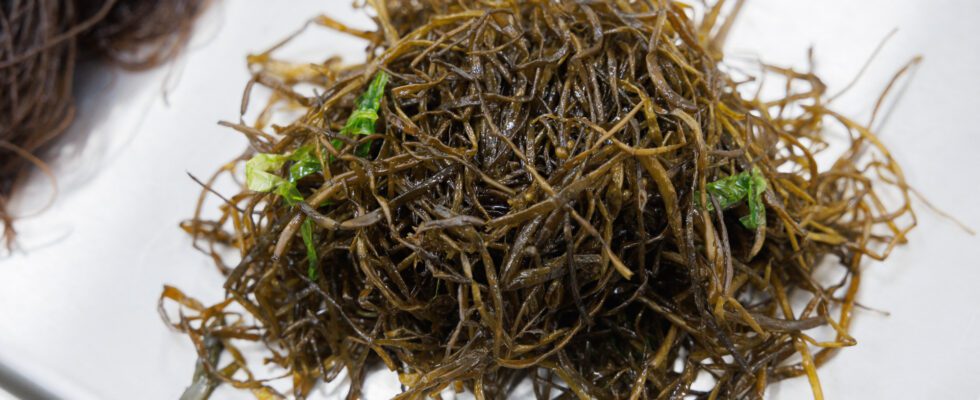They took place on the shelves of supermarkets. In recent years, seaweed has joined the list of edible products, propelled by the trend of Asian gastronomy. The figures bear witness to this: seaweed is one of the most popular “foods” in 2023, with an increase of more than 245% in searches. What are its benefits ? What varieties exist?
Most of the time, seaweed is associated with superfoods like goji berries, acai or kale. There are even seaweed snacks: chocolate made with raw cocoa, almonds, grapes, grilled buckwheat and… red seaweed. “There is a smoky note, a little iodized”, analyzes Amélie Escourrou, vegan columnist, who tastes live in Well done for you. And if you want to surprise your guests, you can opt for seaweed caviar.
The four main families of algae
Seaweed has nutritional performance that we don’t know about any land food. They are particularly rich in nutrients. In some algae, there is eight times more calcium than in milk or ten times more vitamins than in an orange.
There are four main families of algae: brown algae: (wakame, kombu, royal kombu, fucus), red algae (dulse, nori, pioca, ogonori), green algae (sea lettuce, aonori) and finally, microalgae, namely spirulina. Some species have a woody taste, others bitter, or even marbled. To consume them, you can use them as spices. A double advantage: in addition to being good for your health, seaweed is good for the environment!
